Aviation Advanced Economics: Low-Cost Carrier Business Model Analysis
VerifiedAdded on 2023/01/16
|5
|537
|62
Report
AI Summary
This report assesses the success of the low-cost carrier business model, focusing on the cost-reducing element of short-haul routes. It explains how these routes enable lower fares and increased profitability through efficient techniques like point-to-point services, short turnaround times, and high aircraft utilization. The report highlights the importance of seat-kilometer cost and load factor in determining prices. It also discusses why global network carriers are unable to implement this model due to factors such as longer distances, different time zones, and higher labor costs. The report references key academic sources to support its analysis of the aviation industry and business models.
1 out of 5
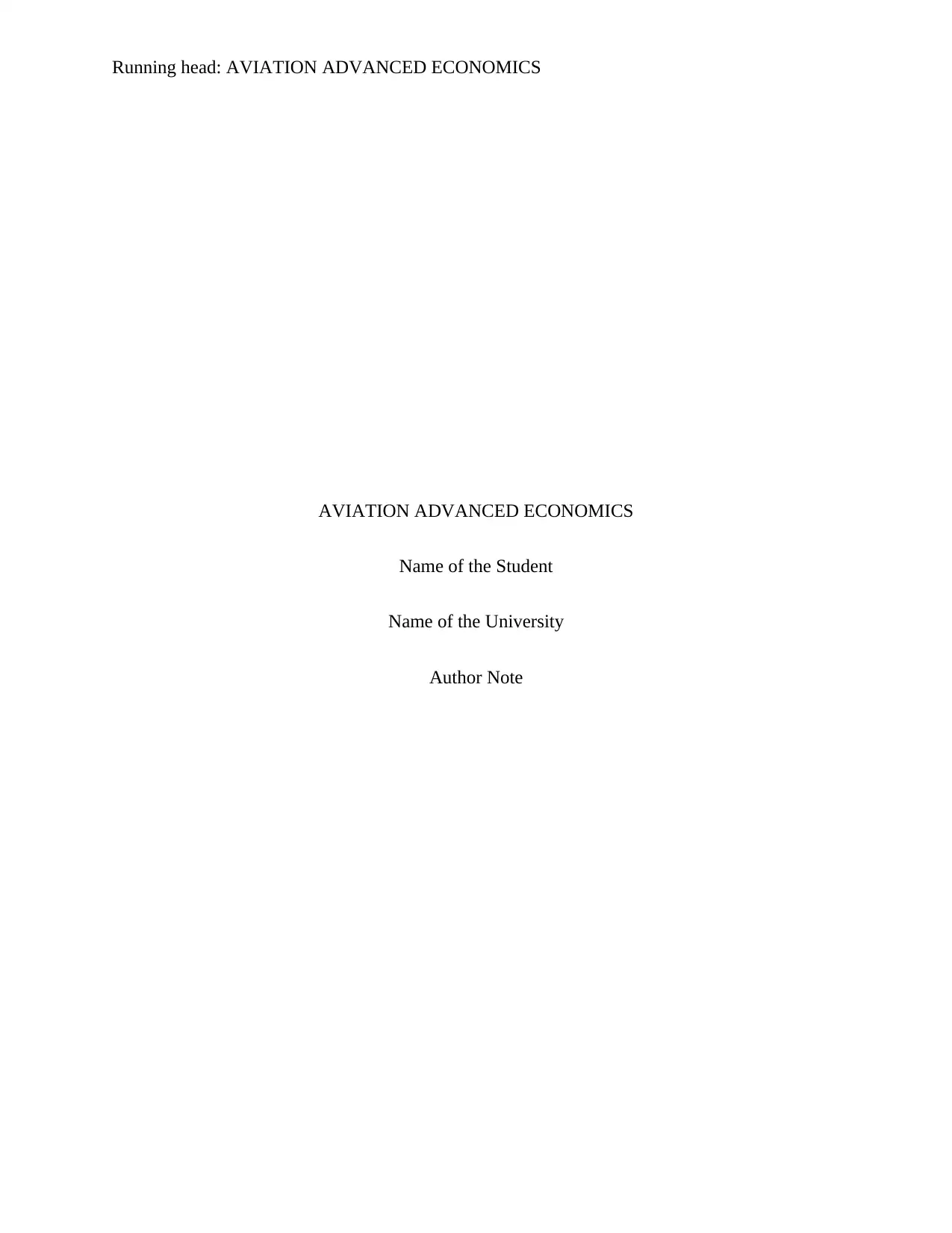
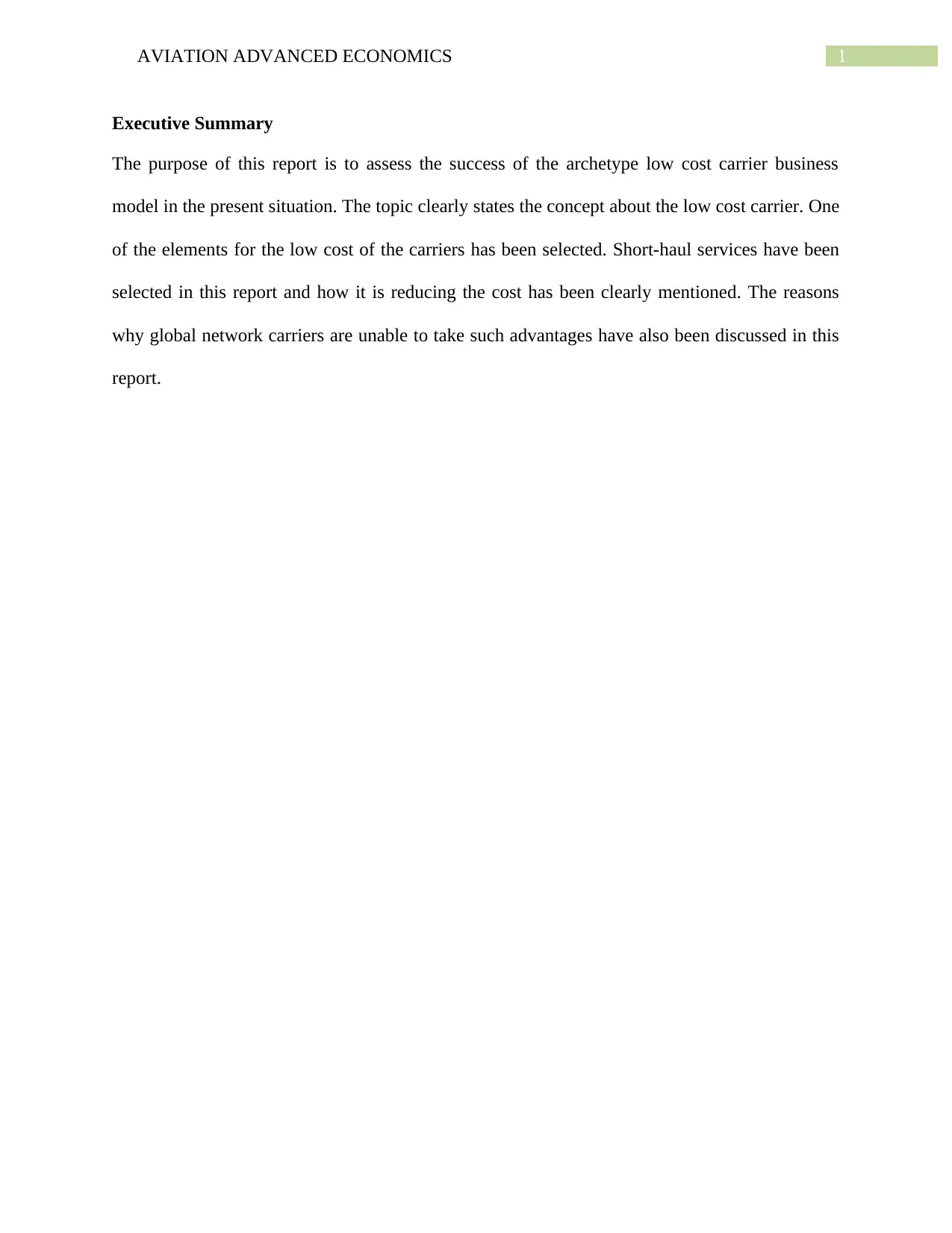
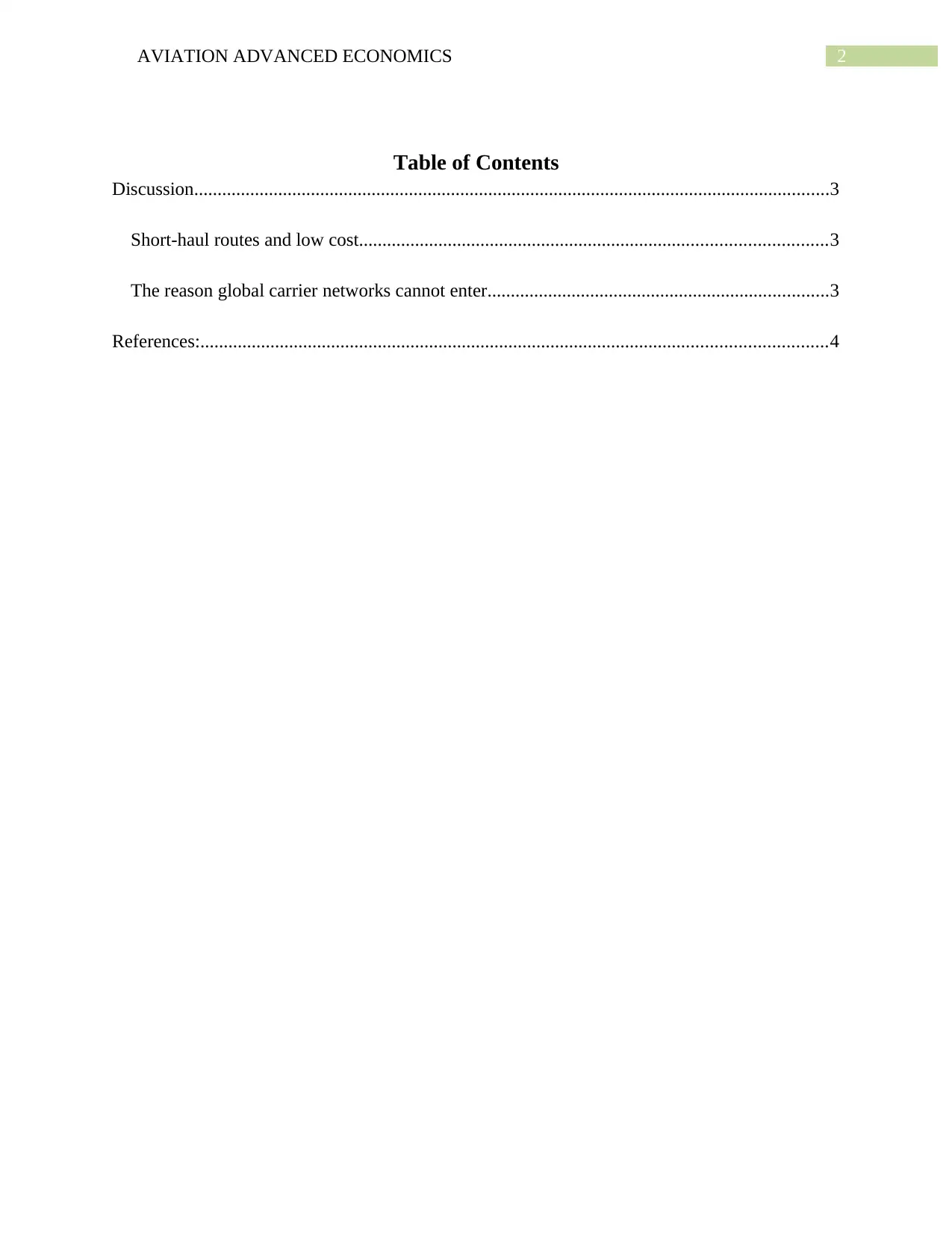

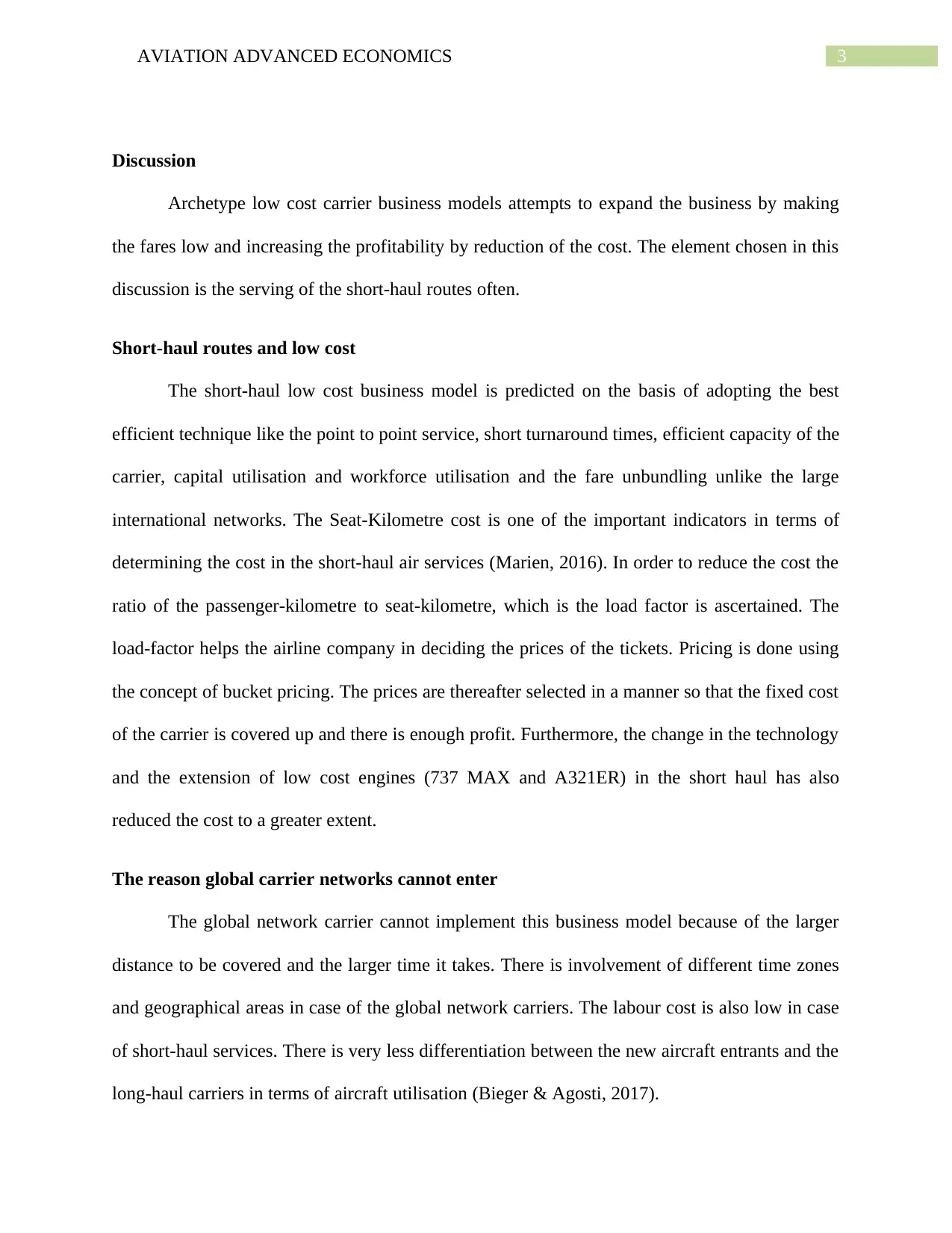
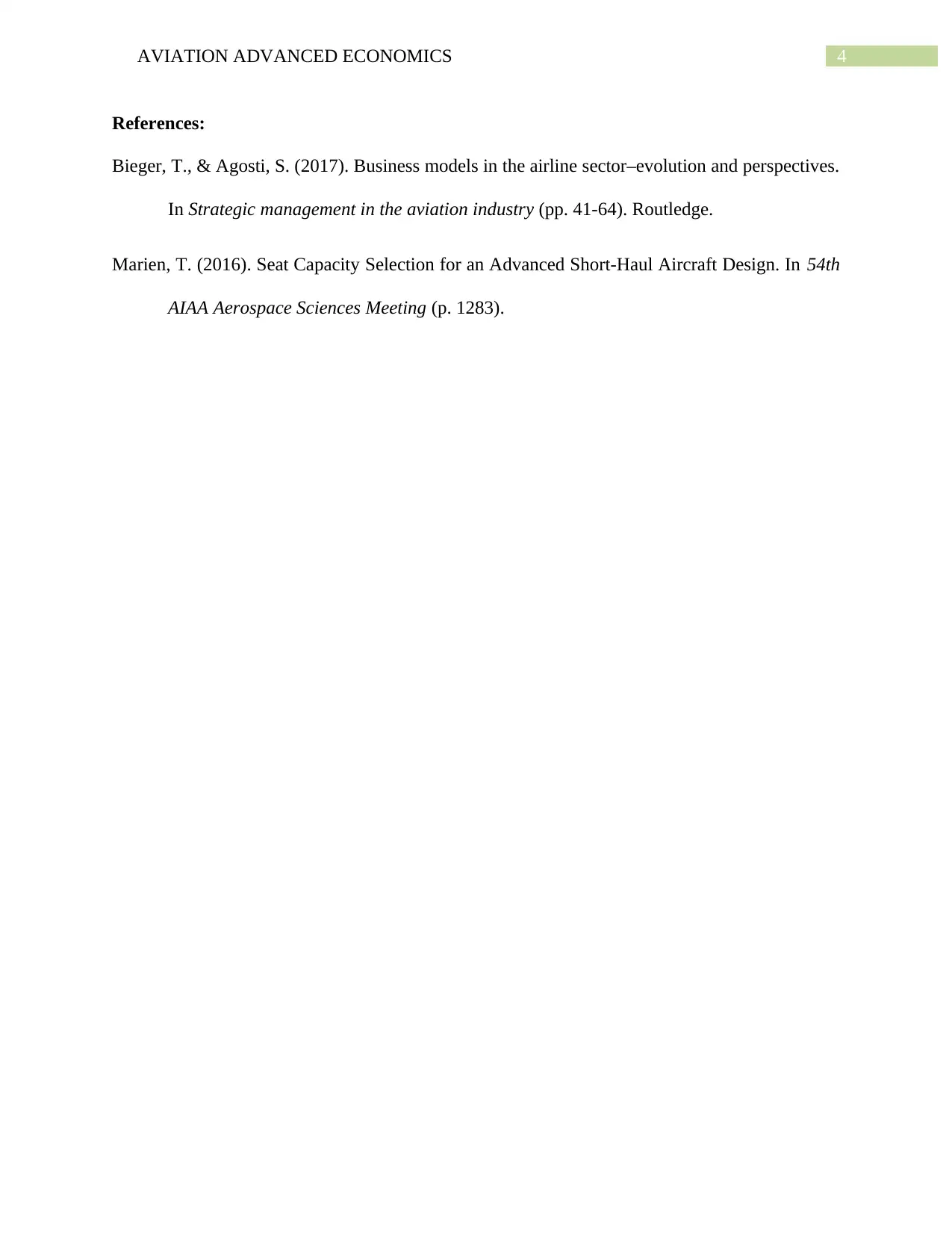



![[object Object]](/_next/static/media/star-bottom.7253800d.svg)